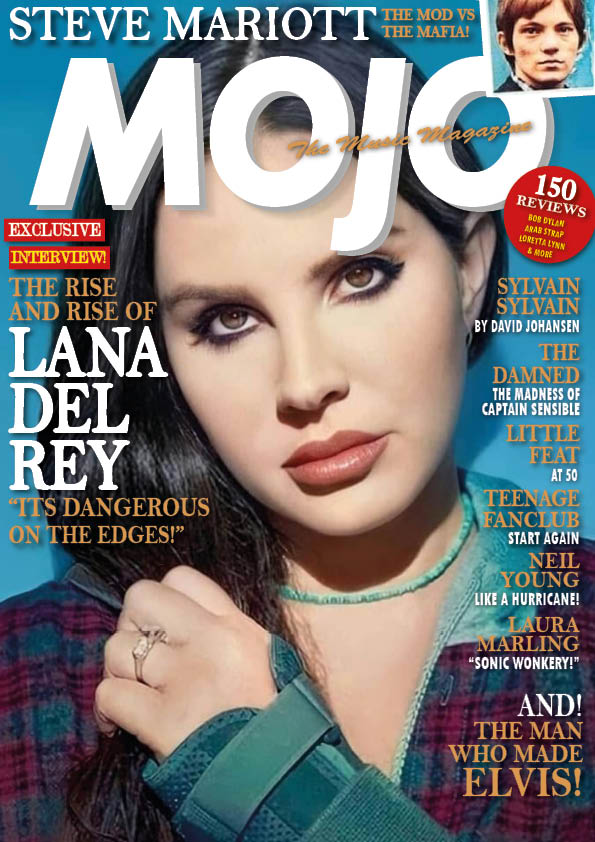In this task we made a mood board for an assigned genre of music. In this case, my group was assigned country music. I have done research into country music and discovered the different elements of mise-en-scene, considering the different types of costumes, proxemics, settings and props in which country singers would wear/use. I have also found out that country originated in the late 1800’s so everything was very natural and rural. This knowledge enabled me to recognize what the model for the tour poster should wear in order for the audience to read the connotations easily to know that the poster is about country music.
Our photos:
Using our knowledge, my group did a photo shoot, using me as a model wearing clothing items which a cowboy would wear, including certain props in order to create more connotations for the audience to decipher. Throughout this photo shoot, we considered when and when not to include props, the lighting, the angles in which the photos were taken from, facial expression and the setting to portray country music for our final image(s).
In order to determine which of our photos were applicable to portray our theme, we asked peers to log connotations which came to mind when they saw the costume. These connotations included:
These connotations let us producers to reflect on our work and determine which were the best photos to be decoded in order to allow the audience to know what theme the poster is about.
Our Chosen Photos:

I have chosen these photos as my final photos as they give the clearest representation of country music to display to the audience. Having been the model, I feel as if I have created good representation for the connotations of country and western in these photos compared to our others photos we took. These photos protrude compared to the others because the lighting was better, the setting, but also how I, as a model, portrayed the role of a cowboy accurately and struck the right poses in order to create valid connotations.
By now having chosen all aspects of mise-en-scene and used the aspects to produce photos for a tour poster, I can acknowledge the significance of the different categories of MES in order to display meaning and both denotations and connotations. Using my new knowledge, I can now use the MES in my music magazine in order to create deep meaning and tell a story in my cover. It will also allow me to include more meaning which will intrigue my audience and make it clear to them what genre the music magazine is about.







